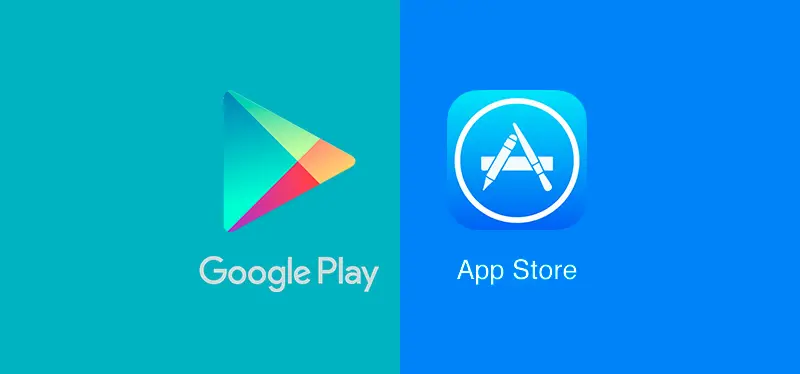
In today's digitally driven world, mobile applications play an integral role in our daily lives. Whether it's for productivity, entertainment, or connecting with others, the availability of apps on platforms like the App Store and Google Play has revolutionized how we use our smartphones and tablets. However, while both platforms offer a plethora of apps, they also have distinct features and differences that cater to different user preferences and needs.
-
User Interface and Design:
- App Store: Apple's App Store is known for its sleek and minimalist design. It emphasizes curated content and typically showcases featured apps prominently on its home page. Navigating through different categories and discovering new apps is intuitive, thanks to its clean interface.
- Google Play: Google Play, on the other hand, follows Google's Material Design principles, focusing on bold colors and card-based layouts. It offers a more visually vibrant experience compared to the App Store, with personalized recommendations based on user preferences and behavior.
-
Content Curation and Approval Process:
- App Store: Apple maintains strict guidelines for app submission and review, prioritizing quality and security. Each app undergoes a thorough review process before being made available to users. While this ensures a certain level of reliability and safety, it can also lead to longer approval times for developers.
- Google Play: Google Play has a more relaxed approach to app approval, allowing developers to publish their apps with minimal review. While this results in a faster turnaround time for app updates and releases, it also means that users may encounter more instances of low-quality or potentially harmful apps.
-
Revenue Models and Monetization:
- App Store: Apple's App Store predominantly relies on a paid app model, where users purchase apps upfront or through in-app purchases. Apple takes a 30% commission on all app sales and in-app transactions, which has been a point of contention for developers.
- Google Play: Google Play offers more flexibility in terms of monetization, with options for paid apps, in-app purchases, subscriptions, and ad-supported apps. Google also takes a 30% cut of app sales and in-app purchases, but recently introduced a reduced commission rate of 15% for the first $1 million in annual revenue generated by developers.
-
Device Ecosystem and Integration:
- App Store: The App Store is tightly integrated with Apple's ecosystem of devices, including iPhone, iPad, Mac, Apple Watch, and Apple TV. This integration allows for seamless synchronization of apps and data across multiple devices, offering a cohesive user experience.
- Google Play: Google Play serves as the primary app marketplace for Android devices, which encompass a wide range of manufacturers and form factors. While Android devices offer greater diversity and customization options, the fragmented nature of the ecosystem can sometimes lead to compatibility issues with certain apps.
-
Geographic Availability and Localization:
- App Store: Apple's App Store is available in over 175 countries and regions, offering localized content and support for multiple languages. Developers have the option to customize their app listings for different regions, including pricing and distribution.
- Google Play: Google Play boasts a similar global reach, with availability in over 190 countries and territories. It also supports localization and allows developers to target specific regions with localized app content and pricing.
Conclusion: Both the App Store and Google Play are indispensable platforms for discovering and downloading mobile apps, each with its own set of features and characteristics. While the App Store excels in curation and integration within the Apple ecosystem, Google Play offers a more open and flexible approach to app development and monetization. Ultimately, the choice between the two platforms depends on individual preferences, device preferences, and ecosystem allegiance. Regardless of the platform, both App Store and Google Play continue to shape the mobile app landscape and contribute to the ever-evolving digital experience.
